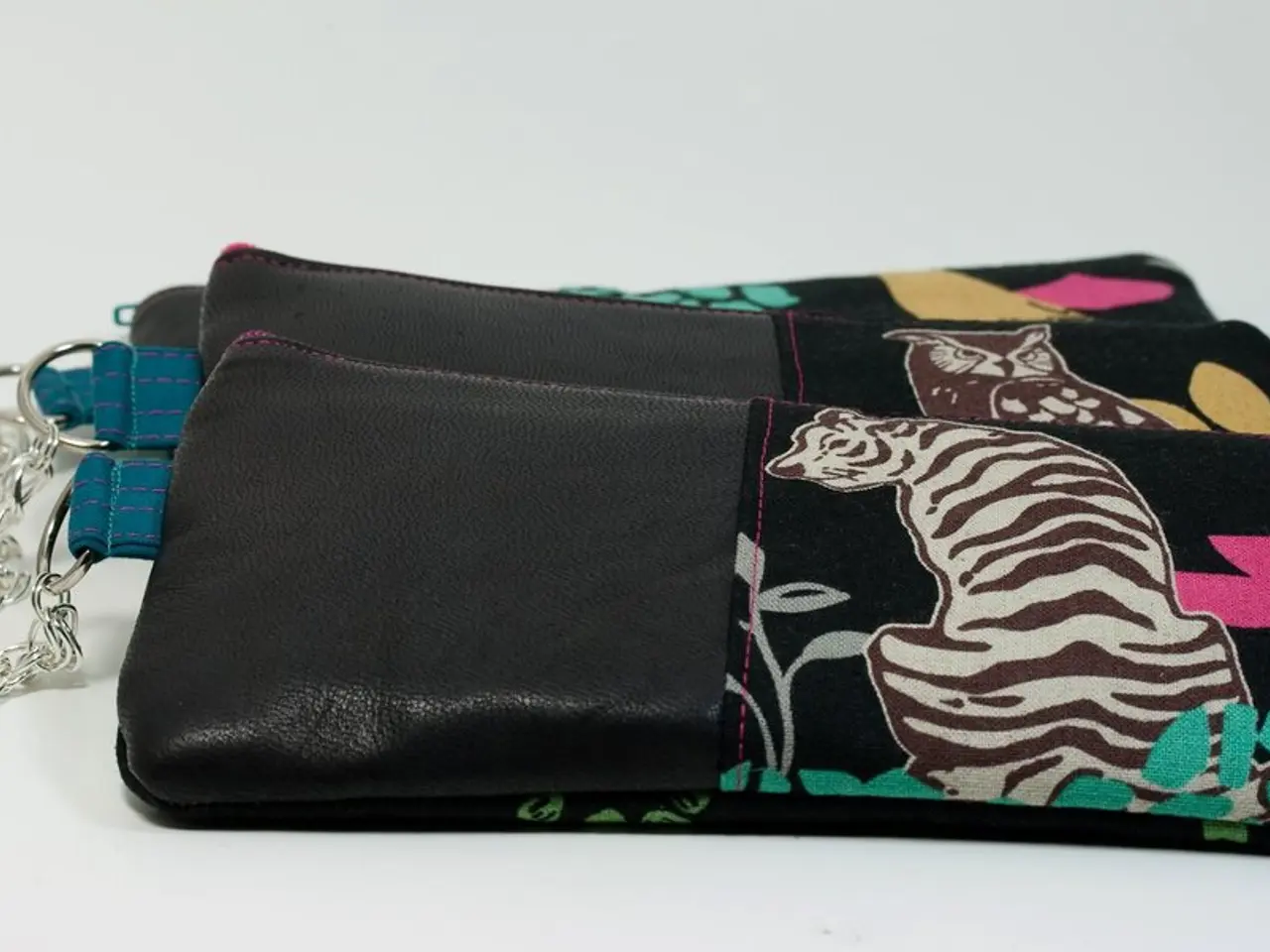Web3's widespread adoption relies heavily on User Experience (UX) improvement, opinion piece suggests
In the ever-evolving world of cryptocurrency, the journey towards mainstream adoption continues. One of the key factors driving this movement is the emergence of user-friendly payment rails that allow individuals to access cryptocurrency using familiar methods such as bank debit or credit cards, Apple Pay, and Google Pay.
This shift towards familiar interfaces is not just a convenience, but a strategic move to attract the next 100 million users. These users won't be drawn to a new chain or a novel protocol; instead, they'll be enticed when wallets are impossible to misplace, when decentralised applications (dApps) speak a language that is easy to understand, and when safety becomes an inherent part of applications.
Petr Kozyakov, founder of the payment infrastructure platform Mercuryo, understands this need for simplicity. His company is making strides in this direction by enabling seamless, KYC-compliant payment rails.
MetaMask, another player in the field, is also making waves with its built-in swaps and bridging features. These innovations are reducing the need for app-hopping in the Decentralised Finance (DeFi) space, making the user experience smoother and more intuitive.
The importance of a smooth, compliant on-ramp in the crypto world cannot be overstated. It serves as the front door to web3 and shapes the first impression. By providing users with easy access to cryptocurrency, these on-ramps help build trust from the very first click.
Great User Experience (UX) doesn't mean dumbing down crypto; rather, it's about communicating risk, surfacing trust signals, and creating confidence. This approach is evident in the success of Trust Wallet, which was launched in 2017. With over 17 million monthly active users and more than 200 million total downloads as of 2025, Trust Wallet's popularity can be attributed to its usability.
As the industry strives for scalability, it is crucial to make web3 invisible by building seamless fiat-to-crypto gateways, intuitive self-custody tools, and apps that meet users where they are today. However, it's important to remember that the tools with the greatest potential for user empowerment can be among the hardest to use. Striking the right balance between accessibility and complexity is key to ensuring that the next 100 million users feel at home in the world of cryptocurrency.
Read also:
- Understanding Hemorrhagic Gastroenteritis: Key Facts
- Stopping Osteoporosis Treatment: Timeline Considerations
- Trump's Policies: Tariffs, AI, Surveillance, and Possible Martial Law
- Expanded Community Health Involvement by CK Birla Hospitals, Jaipur, Maintained Through Consistent Outreach Programs Across Rajasthan







